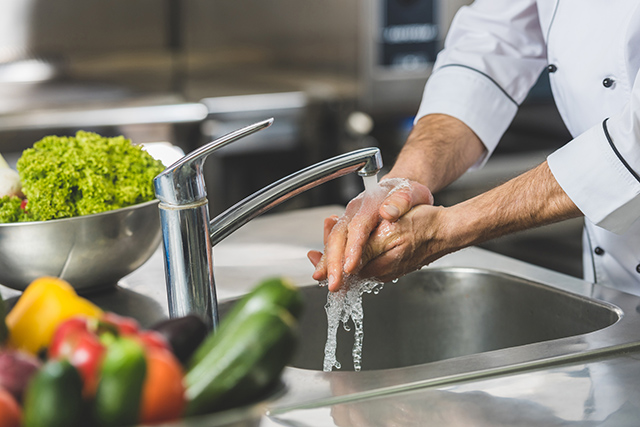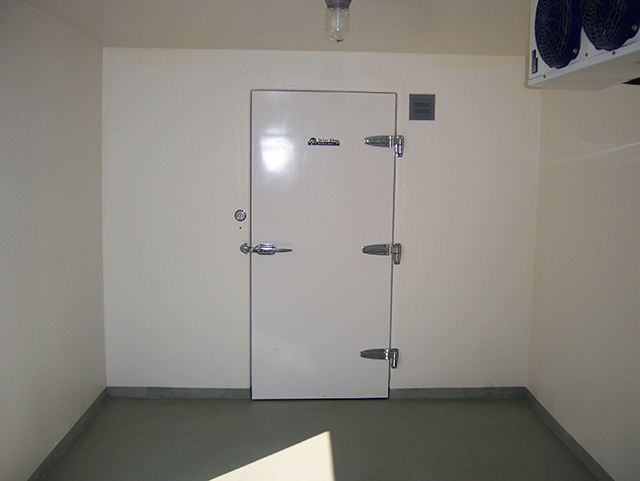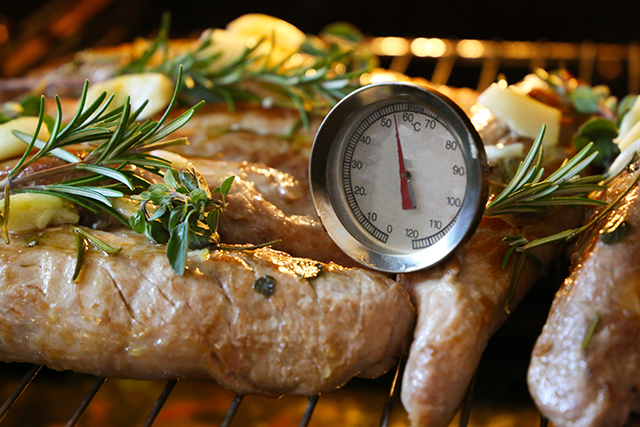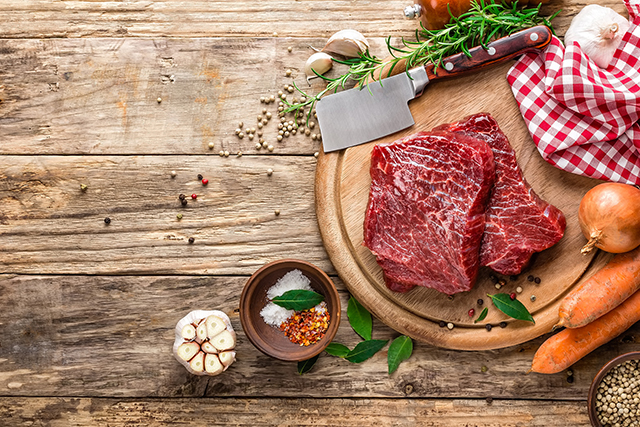Top 5 Most Forgotten Tips for Safe Food Preparation

The restaurant industry knows the mile-long list that exists to ensure the safety of our patrons' food. How often do we forget to get back to just the basics? We decided to compile a list of the top five tips for safe food preparation that anyone can remember.
#1 Handwashing
This is one of the most critical steps! When should you wash your hands?
Here is a short but not inclusive list:
- Before preparing cooked or raw food
- Before putting on gloves
- After handling raw meat
- After using the bathroom (wash in the bathroom and again in the kitchen)
- After taking a break
- After coughing/sneezing/blowing nose
- After handling money
- After handling garbage
Watch how to properly wash your hands here.

#2 Refrigerate / Freeze
Always refrigerate or freeze perishable food, leftovers, or prepared food within two hours. Do not leave food sitting out at room temperature for longer than two hours.
Need a versatile piece of equipment to hold your prepared foods for service? We have you covered! You will want our Cook-Chill equipment that chills, reheats, and holds your prepared food.
Hot food must also be chilled sooner rather than later to help prevent bacterial growth. We recommend that you use our blast chiller to efficiently cool your prepared foods.

#3 Cook to Proper Temperatures
Cooking food to the proper internal temperatures will decrease the chances of food poisoning and bacterial growth. It is best to check the temperature by using a food thermometer but you can also look for these visuals signs that the food is properly cooked:
- Steam is rising from food.
- Juices from meat and poultry run clear and are not pink.
- Pork, veal, and poultry are not pink or red on the inside but white in color.
- Fish flakes easily with a fork and shellfish is opaque.
- Eggs whites are opaque and yolks are not runny.
Here is a basic list of temperatures:
- Ground Meat - 160°F
- Chicken/Turkey Breast - 165°F
- Pork chops - 145°F
- Beef/Veal/Lamb (Roast, Chops, or Steaks) - 145°F
You can find a full list of proper cooking temperatures here.
#4 Proper Food Storage
There are several things to remember when storing fresh, frozen, cooked, and raw food. You must consider temperatures and location. Here is a list of the basic rules:
- Frozen food must be kept at a temperature of 0°F or colder.
- Cold food must be kept at a temperature of 40°F or colder.
- Hot food must be kept at a temperature of 135°F
- Store raw meat, tightly wrapped, on the bottom shelf to prevent juices from dripping onto other food.
- Date all leftovers.
A full list of storage tips can be found here.

#5 Keep Raw Food Away From Fresh Food
Always clean cutting boards and knives after cutting raw meat before using fresh foods such as vegetables or fruits. It is best to have a separate cutting board for raw and fresh foods. Never place cooked or fresh food on same plate/tray that previously held as raw meat, eggs, poultry or seafood.
If you need help with determining what equipment you need in order to properly store and prepare your food please don't hesitate to contact us. We have the unique and top-of-the-line equipment to meet your needs!
*Disclaimer: All food safety regulations may vary from state to state. Please check your state's food regulations for all food safety measures. You can find your food regulations listed here.
Posted in: Cooking Tips & Recipes